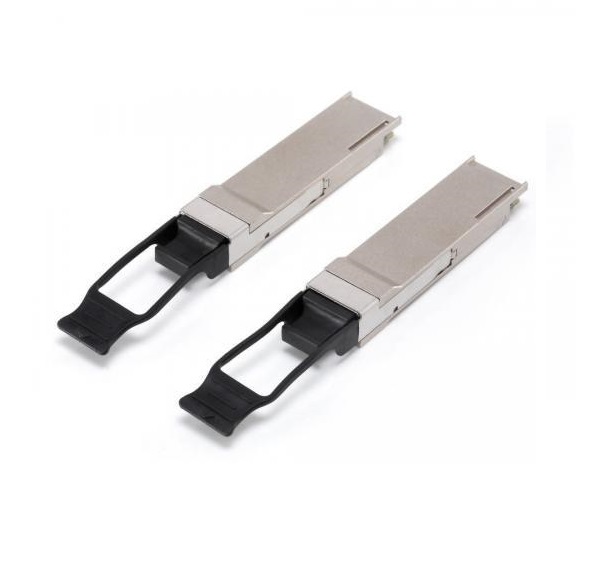- Sales SupportContact Sales
- Call us at: +(86) 15211074652
- Send us a email at: info@zr-fibercable.com
An Overview of 400G Transceiver Types in the Market
The demand for higher bandwidth and faster data transmission rates has driven the development of 400G (400 Gigabit) transceivers in the market. These transceivers play a crucial role in meeting the requirements of data centers, telecommunications networks, and high-performance computing. In this article, we will explore the various types of 400G transceivers available in the market, their key features, applications, and advantages.
QSFP-DD (Quad Small Form-factor Pluggable - Double Density)
The QSFP-DD transceiver is a compact, hot-pluggable form factor that supports 400G data rates. Key features of QSFP-DD include:
(a) Increased Density: QSFP-DD provides double the port density compared to its predecessor, QSFP28. It enables network operators to maximize their fiber infrastructure by accommodating more transceivers in the same physical space.
(b) Backward Compatibility: QSFP-DD is designed to be backward compatible with QSFP and QSFP28 transceivers, allowing for smooth migration and easy integration into existing networks.
(c) Power Efficiency: QSFP-DD transceivers incorporate power-saving technologies to enhance energy efficiency and reduce operational costs.
OSFP (Octal Small Form-factor Pluggable)
The OSFP transceiver is another form factor option for 400G deployments. Key features of OSFP include:
(a) High-Speed Data Transfer: OSFP supports high-speed data rates of 400Gbps using eight lanes, providing the necessary bandwidth for demanding applications.
(b) Thermal Performance: OSFP is designed to offer excellent thermal management, allowing for optimal performance even in high-density deployments.
(c) Interoperability: OSFP is backward compatible with QSFP28 and QSFP-DD transceivers, facilitating seamless integration and ensuring interoperability with different networking equipment.

CFP8 (400G C Form-factor Pluggable)
The CFP8 transceiver is a well-established form factor for 400G connectivity. Key features of CFP8 include:
(a) High Performance: CFP8 supports a variety of optical and electrical interfaces, enabling high-performance data transmission and reception.
(b) Multimode and Single-mode Support: CFP8 transceivers are available in both multimode and single-mode options, providing flexibility for different network requirements.
(c) Proven Reliability: CFP8 has been widely adopted in the market and offers a proven track record in terms of reliability and performance.
COBO (Consortium for On-Board Optics)
COBO is an industry consortium that focuses on developing specifications for on-board optics. Key features of COBO include:
(a) High Density: COBO aims to provide ultra-high-density optical interconnects, enabling greater bandwidth capacity in data center and networking applications.
(b) Integration with Switches and Routers: COBO envisions integrating optics directly onto switches and routers, eliminating the need for traditional pluggable transceivers and reducing the overall system footprint.
(c) Enhanced Signal Integrity: By placing optics closer to the network processing components, COBO aims to improve signal integrity and minimize losses.
(d) Long-term Scalability: COBO's approach focuses on long-term scalability by allowing for future upgrades and enhancements without the need for major infrastructure changes.
The market offers multiple types of 400G transceivers to cater to the increasing demand for higher bandwidth and faster data transmission rates. The QSFP-DD, OSFP, CFP8, and COBO form factors provide options for network operators and data center providers to choose from, depending on their specific requirements and infrastructure. Each type of transceiver brings its own advantages in terms of density, backward compatibility, thermal performance, and scalability. As technology continues to advance, the market is likely to witness further innovations and developments in 400G transceiver types, driving higher performance and efficiency in data transmission.
You might be interested in
We use cookies to ensure that we give you the best experience on our website. By clicking on "Accept" or continuing to use this site, you agree to our use of cookies in accordance with our Cookie Policy .You can refuse the use of cookies here.
Accept

